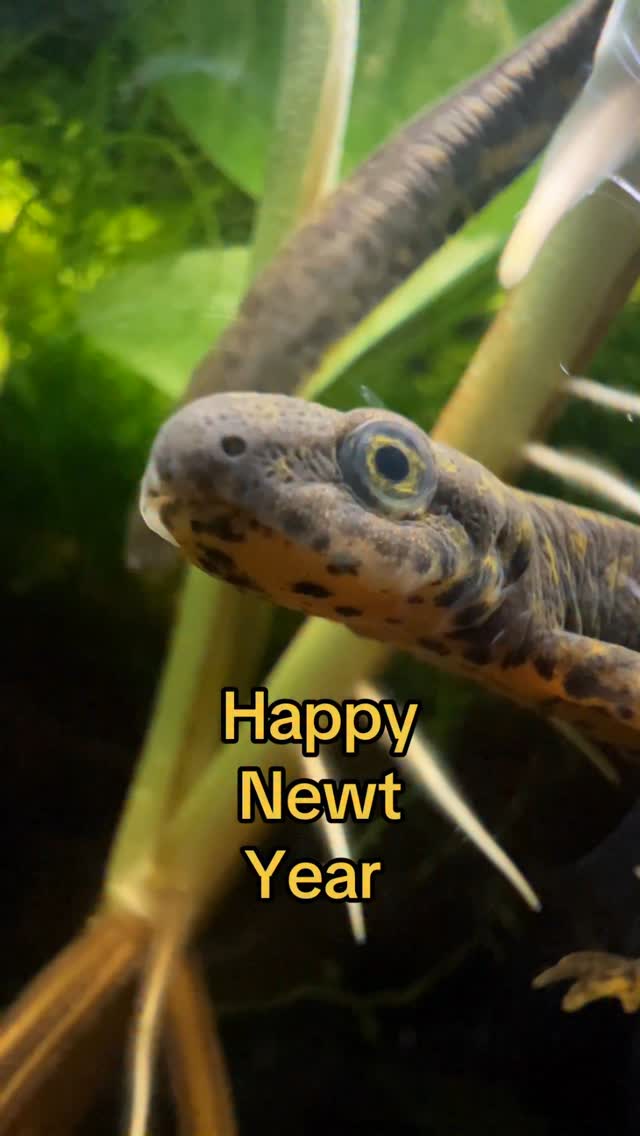- The significance of New Year as a time for wildlife conservation reflections and future planning.
- Insights into the shifting role of zoos from traditional animal exhibits to modern conservation centers.
- The role of social media platforms in promoting wildlife conservation and education initiatives.
- Strategies for zoo management to adapt to new conservation challenges and enhance visitor engagement.
- The impact of new technologies and scientific research on wildlife conservation efforts in the new year.
As the calendar turns and a new year begins, it heralds not just a transition in time but a moment for introspection and planning, particularly in the field of wildlife conservation. New year, new adventures! serves as a reminder of our responsibilities toward the natural world and the opportunities to evolve our conservation practices. It is a time when zoo management teams, conservationists, and educators can set new goals, reevaluate strategies, and innovate for enhanced wildlife protection. This article delves into the significant themes surrounding the advent of a new year in conservation efforts, illuminating strategies and insights that hold potential for the coming months.
One essential theme to consider is the evolution of zoos and their expanding roles from merely showcasing animals to becoming pivotal conservation centers. In the past, zoos focused on leisure and entertainment. However, a shift has occurred over the years, transforming zoos into vital scientific hubs where research, breeding programs, and ecological education take center stage. This transition has necessitated rethinking how zoos operate, aligning their goals with broader conservation priorities such as habitat preservation, species reintroduction, and public education. A visit to a modern zoo is no longer solely about seeing animals; it is an education in the intertwined lives of species and their habitats in an ever-fragile ecosystem.
New year, new adventures! also highlights the potential social media platforms offer in amplifying conservation messages. Instagram, in particular, with its visually driven format, engages audiences with compelling narratives about wildlife and conservation. Platforms like Instagram are not just about sharing moments but are powerful tools for education and advocacy. As users post and engage with content related to wildlife conservation, they can influence public opinion and inspire action on a global scale. Social media thus allows for a wider reach beyond the physical boundaries of zoos, reaching an audience eager to contribute to conservation efforts.
For zoos to harness this potential, their management must be proactive in using these digital tools effectively. They need to create interactive and engaging content that resonates with diverse audiences while respecting the integrity of conservation messages. Education initiatives promoted through social media can prompt involvement and financial support from the public, aiding in the mission of protecting wildlife. Furthermore, incorporating new technologies and media in zoo exhibitions can enhance the visitor experience, making conservation lessons more tangible and memorable.
In adapting to new conservation challenges, zoos must be strategic. As climate change, habitat destruction, and biodiversity loss accelerate, zoo management must address these issues head-on. Initiatives like sustainable resource use, reducing carbon footprints, and fostering biodiversity within zoo environments mirror the broader ecological challenges needing action. Training staff in new research and conservation techniques becomes crucial, as does investment in sustainable operational practices. With every new year comes the opportunity to refine these approaches, ensuring they meet current environmental needs and anticipate future challenges.
The impact of technology and scientific advancements on conservation efforts cannot be overemphasized. New year, new adventures! implies embracing innovative solutions to age-old conservation problems. The integration of technology into conservation practice has opened up new possibilities for studying and protecting wildlife. For instance, the use of drones and satellite tracking has revolutionized how fieldwork is conducted, providing invaluable data on animal movements and ecology without intrusion. Genetic research advances have led to more effective breeding programs and a deeper understanding of species’ adaptability and resilience to environmental changes.
Public engagement is a critical factor in the success of these technological applications. Zoos can leverage interactive displays and augmented reality experiences to explain complex scientific concepts, making them accessible to all visitors. This type of educational engagement fosters a deeper appreciation for wildlife conservation, encouraging visitors to take an active role in supporting these efforts beyond the zoo environment.
In conclusion, the arrival of a new year presents a pivotal moment to reconsider and reinvigorate our commitment to wildlife conservation. New year, new adventures! is not solely a call for change but an invitation for innovation, learning, and collaboration. Whether through leveraging social media, redefining zoo functions, or adopting cutting-edge scientific practices, the conservation community can tackle the challenges ahead with renewed vigor. The journey may be complex, but the collective pursuit of knowledge and conservation excellence holds the promise of protecting our planet’s precious biodiversity for generations to come.
*****
Source Description
New year, new adventures! from 🎉


